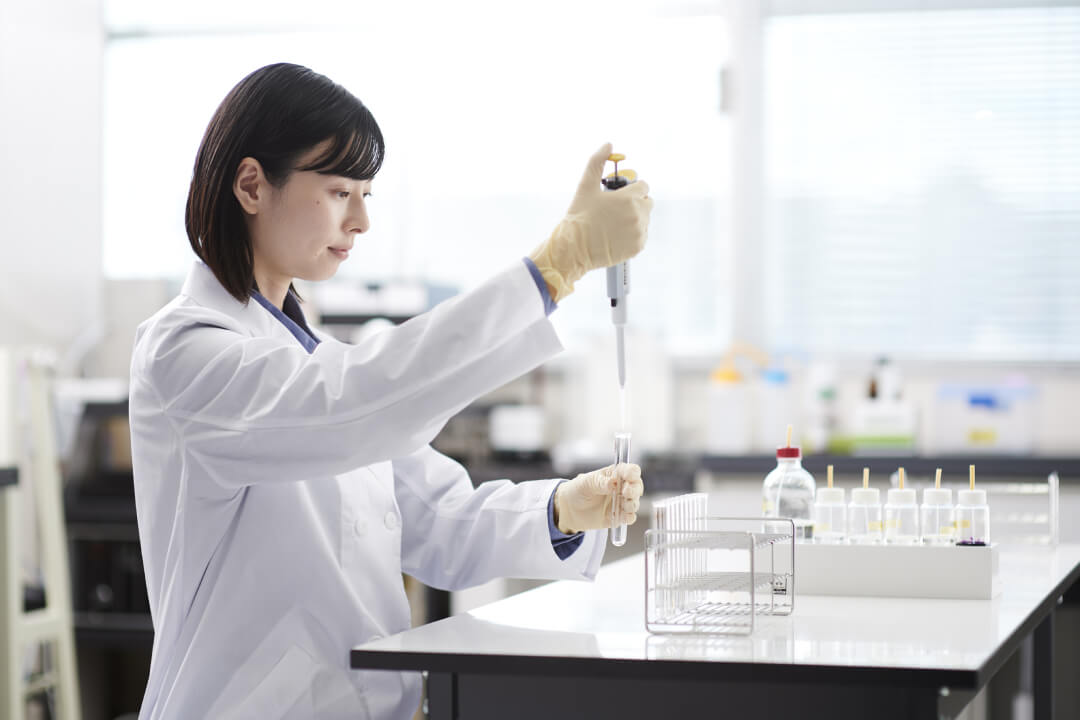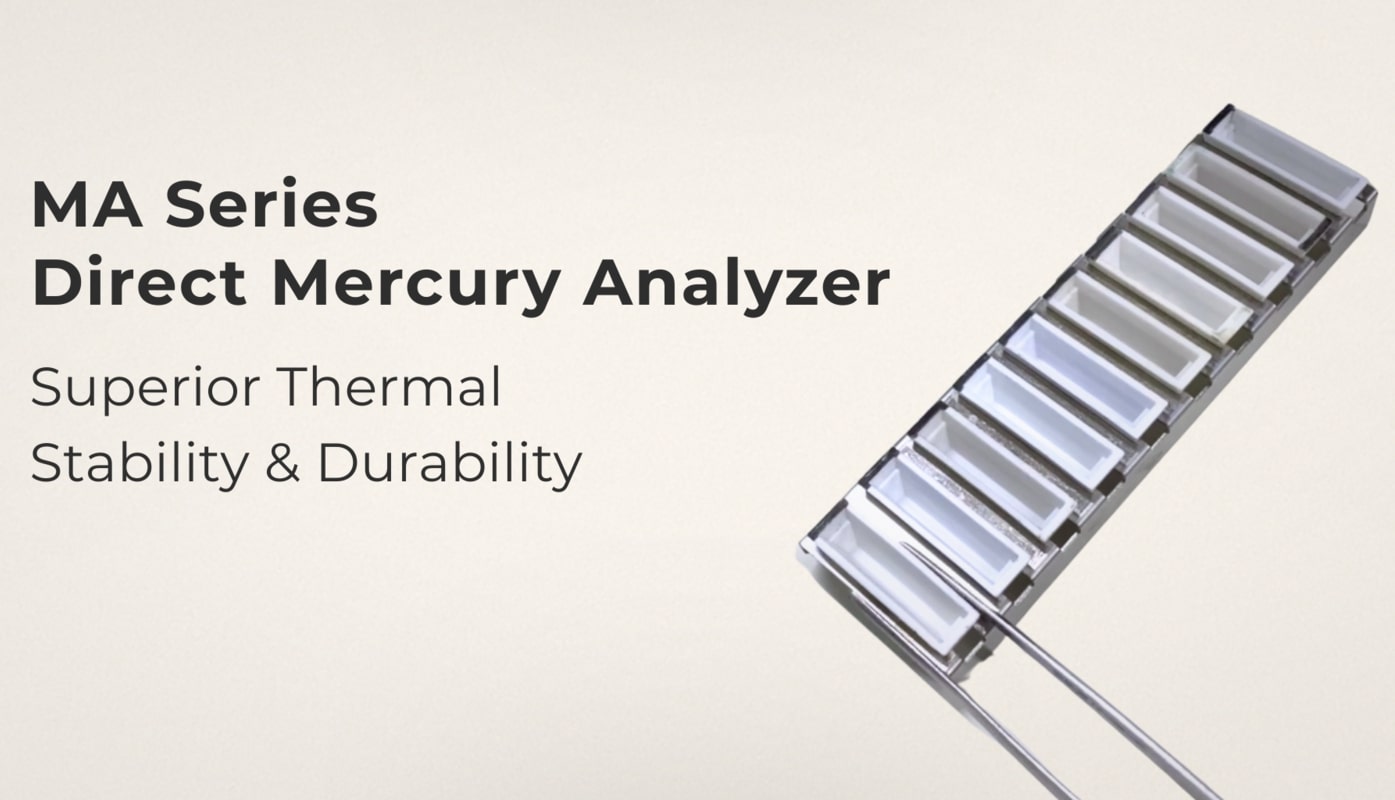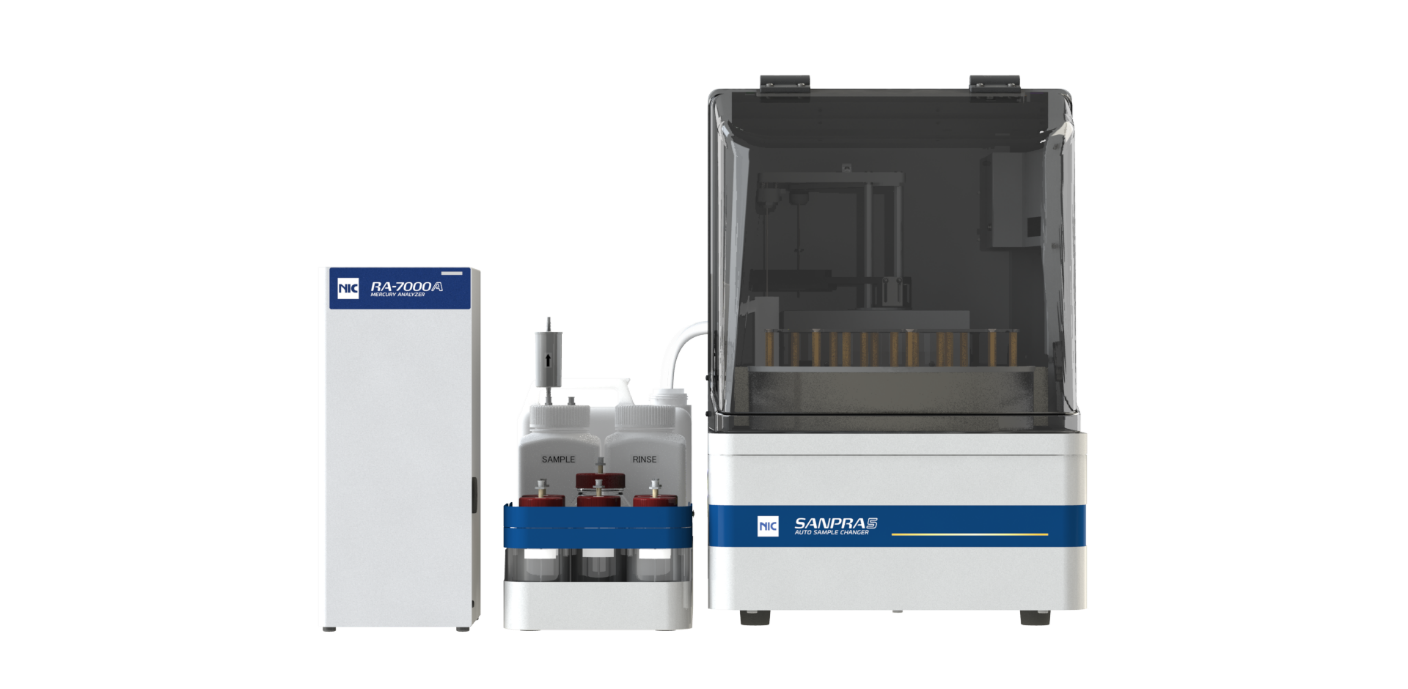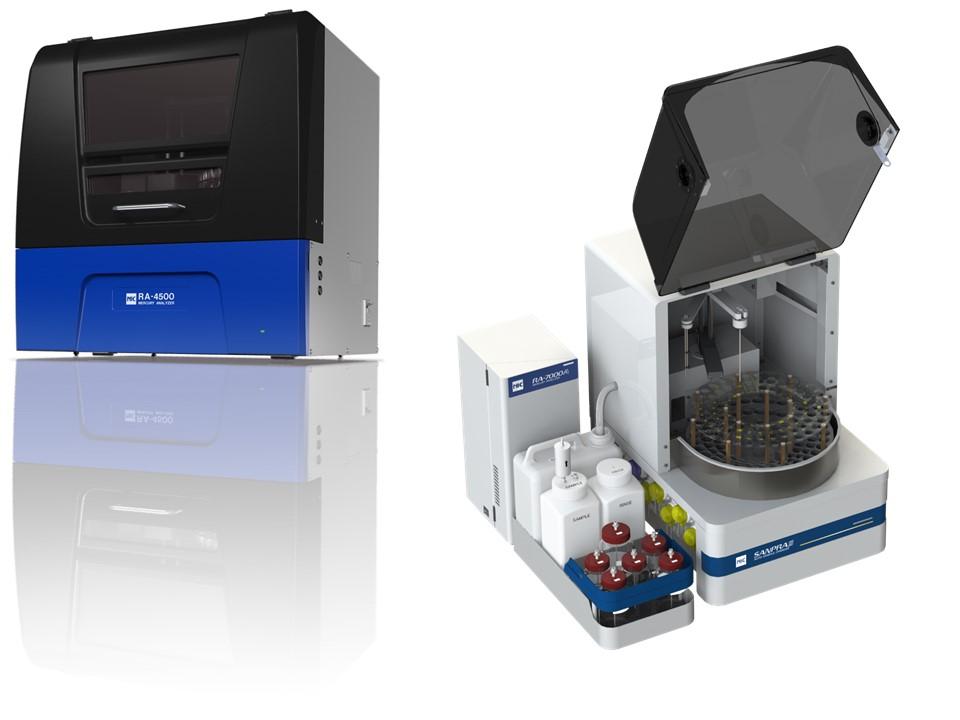Mercury in food is a subtle yet potent threat to our health. However, oftentimes, its harmful effects surface only when the damage has become irreversible.
Unfortunately, according to Medical Management Guidelines for Mercury (2015), there isn’t a definitive cure or antidote for acute or chronic mercury poisoning.
And, while some cases may warrant using a chelating agent to remove mercury from the body, its effectiveness in mitigating the effects of poisoning decreases as time after exposure lengthens.
Continue reading to learn more about mercury in food and how Nippon Instruments Corporation (NIC) can help.
Who is Vulnerable to Mercury Exposure?
Mercury is a toxic heavy metal, and exposure levels vary across different groups and environments.
For example, workers in industries like smelting, mining, waste incineration, and refinery are predominantly exposed to elemental mercury.
This is because the chances of inhaling mercury significantly increase in areas with inadequate ventilation. Notably, inhalation of mercury vapor is the primary route of exposure to elemental mercury.
“Inhaled vapor is almost completely absorbed by the lungs, about up to 80%. Neither liquid mercury nor mercury vapor has an odor, and thus, chemical odor provides no warning of hazardous concentrations.”
Medical Management Guidelines for Mercury (2015)
On the other hand, women and children are primarily exposed to mercury through their diet.
Consuming a diet rich in protein, particularly seafood, can increase mercury intake, as these food groups tend to contain higher mercury concentrations.
It is important to note that exposure to mercury (especially in industrial settings) is often acute, requiring prompt medical intervention and treatment.
In contrast, mercury in food intake is insidious. The gradual buildup of mercury in food sources can remain undetected until significant damage has been done.
This exposure can be concerning, particularly for pregnant women, children, and fetuses.
How Can Mercury Enter the Body?
Mercury uniquely binds with amino acids, forming protein-mercury complexes. These deceptive compounds can severely impact a child’s neurological systems, leading to irreversible damage.
A tragic example is the fetal Minamata disease, where mercury poisoning led to severe congenital disabilities, health complications and fatalities, underscoring the dire consequences of unchecked mercury exposure.

Read More: Uncover the Silent, Invisible Threat: Atmospheric Mercury and Its Impact on Our World
Mercury Beyond Seafood: Broader Sources of Exposure
Mercury, a heavy metal that’s toxic in high amounts, is becoming an alarming concern in our daily food intake.
While seafood is typically the main focus in discussions on mercury contamination, other dietary staples like rice, cassava, cocoa, coffee beans, and grains can also contain mercury.
In addition, recent studies have shown that mercury in food might be even graver than previously believed.
For instance, preliminary research conducted in Addai-Arhin, S. et al., 2022 revealed that:
“The estimated average daily intake for ingestion (eAvDI(ing)) (mg/kgbw/day) and the hazard quotient (HQ) for THg levels of the samples were above the USEPA reference values of 3 x 10−4 and 1, respectively.
This means that residents ingest more Hg through consumption of cassava; hence, long-term repeated exposures to the cassavas may be associated with detrimental human health effects in future.”
But this raises the question: How did mercury get there? Close proximity to activities such as artisanal-small-scale gold mining (ASGM) is a significant contributor.
In Tomiyasu et al., 2020, an increase in the T-Hg concentration in the upper layer of forest soil around the ASGM site was observed.
The study suggested that the deposition of discharged mercury from ASGM caused an increase in the mercury concentration at the soil surface.
And through this route, mercury then infiltrated into our staple diet.
Mercury Analysis Challenges for Food Matrices
Traditionally, food samples underwent chemical digestion, using a combination of acids and oxidizing agents, before undergoing analysis by CVAAS.
This traditional method, while established, is time-consuming and due to mercury’s distinct properties, it often leads to uncertainties.
Established in 1975, NIC has been at the forefront of addressing the complexities of mercury detection.
Leveraging our expertise in direct thermal decomposition, we have optimized this method, particularly for food samples.
In 2000, our breakthrough came with the introduction of the MA Series to the global market, touted as a precise and reliable solution for mercury detection.
This series excels at identifying mercury in food, playing a crucial role in ensuring our meals remain uncontaminated and safe from this harmful contaminant.

Among the series, the MA-3000 stands out. Its detection limit is less than 0.001 ng Hg, and it possesses a quantification limit of 0.003 ng Hg.
This makes it an invaluable instrument for monitoring mercury concentrations in our food.
Furthermore, with features like auto-select, range switching, and a broad dynamic measuring range, the MA-3000 is adaptable for many applications. The device also offers several distinctive features, including:
- An autosampler that can manage up to 100 samples.
- An integrated digestion system for various food types.
- An intuitive user interface.
Additionally, the calibration process is simplified using either Hg solutions or certified reference materials (CRMs), and it can directly analyze solid and liquid matrices.
Overall, the device’s precision is evident, boasting an RSD of less than 1% at 1 ng of Hg, thus outperforming its market rivals.
Nevertheless, some challenges remain. Processed foods, especially those rich in oil like canned tuna, can be problematic.
The oil can interfere with the mercury analysis, necessitating specialized methods to ensure accurate measurements and safe consumption.
Another obstacle arises with food additives, which are often sulfur and sodium-rich. The issue here is that sulfur has a similar spectroscopy wavelength to mercury.
With its abundant presence, it can overshadow mercury detection, potentially resulting in inaccurate mercury measurements.

Addressing the diverse challenges presented by various food matrices requires deep knowledge and innovation.
Despite these intricate food matrices, the NIC R&D team is equipped and ready to assist.
We have vast experience in helping customers in developing the right thermal decomposition methods to handle these food matrices and more.
Read More: Five Possible Causes Why Lab Analysts Are Having Poor Precision in Mercury Analysis
Conclusion
With the increasing challenges posed by climate change and geopolitical tensions, ensuring our food remains free from mercury contamination is crucial.
Fortunately, with the right tools and expertise, mercury in food can be effectively monitored and controlled.
If you are looking for a reliable mercury analyzer for analyzing mercury in food, check out the MA-3000 Direct Mercury Analyzer.
References
Medical Management Guidelines for Mercury, Toxic Substance Portal, ATSDR. (2015, March 12). Wwwn.cdc.gov. https://wwwn.cdc.gov/TSP/MMG/MMGDetails.aspx?mmgid=106&toxid=24
Addai-Arhin, S., Novirsa, R., Jeong, H. H., Phan, Q. D., Hirota, N., Ishibashi, Y., Shiratsuchi, H., & Arizona, K. (2022). Potential human health risks of mercury-contaminated cassavas – Preliminary studies. Fundamental Toxicological Sciences, 9(2), 61–69. https://doi.org/10.2131/fts.9.61
Tomiyasu, T., Baransano, C., Hamada, Y. K., Kodamatani, H., Kanzaki, R., Hidayati, N., & Rahajoe, J. S. (2020). Distribution of total and organic mercury in soils around an artisanal and small-scale gold mining area in West Java, Indonesia. SN Applied Sciences, 2(7). https://doi.org/10.1007/s42452-020-3008-5






